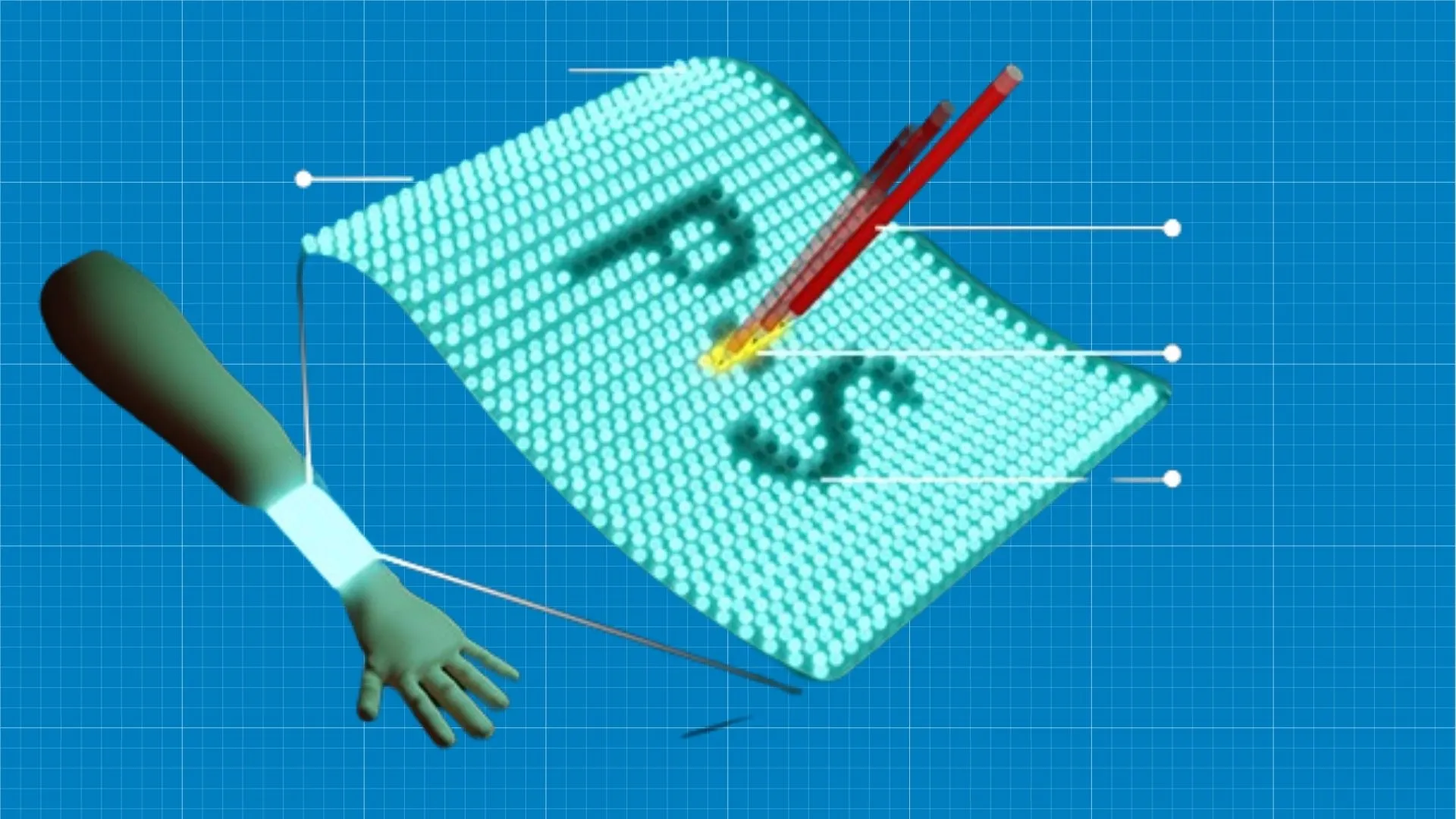Groundbreaking Discovery on Mercury: A Planet of Diamonds
Scientists have made a groundbreaking discovery about our solar system’s innermost planet, Mercury. Beneath its scorching surface lies a staggering eleven-mile-thick layer of diamonds. This astonishing revelation has sent ripples through the scientific community as well as captured the imagination of the public alike.
Unique Characteristics of Mercury
Mercury has intrigued scientists for a long time due to its unique characteristics, which are unlike those of other planets in the solar system. These features include its very dark surface, an unusually dense core, and an early cessation of volcanic activity on the planet.
Mystery of the Graphite Patches
One of the notable mysteries involves areas of graphite on Mercury’s surface. This type of carbon, known as an allotrope, has prompted researchers to hypothesize that Mercury once had a carbon-rich magma ocean in its early history. This magma would have risen to the surface, forming graphite patches and contributing to the planet’s dark appearance. The same process is believed to have resulted in a carbon-rich mantle beneath the surface. Contrary to previous beliefs that this mantle was made of graphene, the research team now suggests it may be composed of a more valuable form of carbon: diamond.
This discovery not only unveils a previously unknown aspect of Mercury’s composition but also provides valuable insights into the planet’s formation and evolution.
Challenges and Wonders
While this diamond treasure is undoubtedly captivating, it remains inaccessible to us. The scorching temperatures and immense gravity on Mercury pose insurmountable challenges to any potential mining operation. Nevertheless, this discovery underscores the extraordinary nature of our universe and the endless wonders it continues to reveal.







